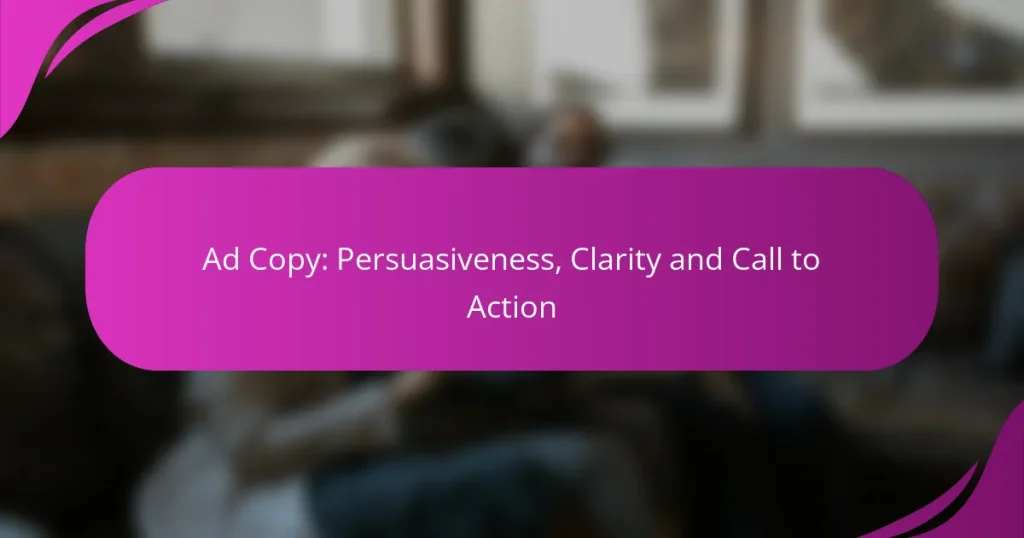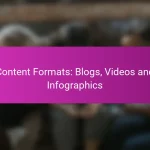Crafting persuasive ad copy requires a keen understanding of your audience’s emotions and cultural context. By using clear language and relatable references, you can effectively engage South African consumers. Additionally, incorporating direct and compelling calls to action will encourage immediate responses and highlight the value of your message.
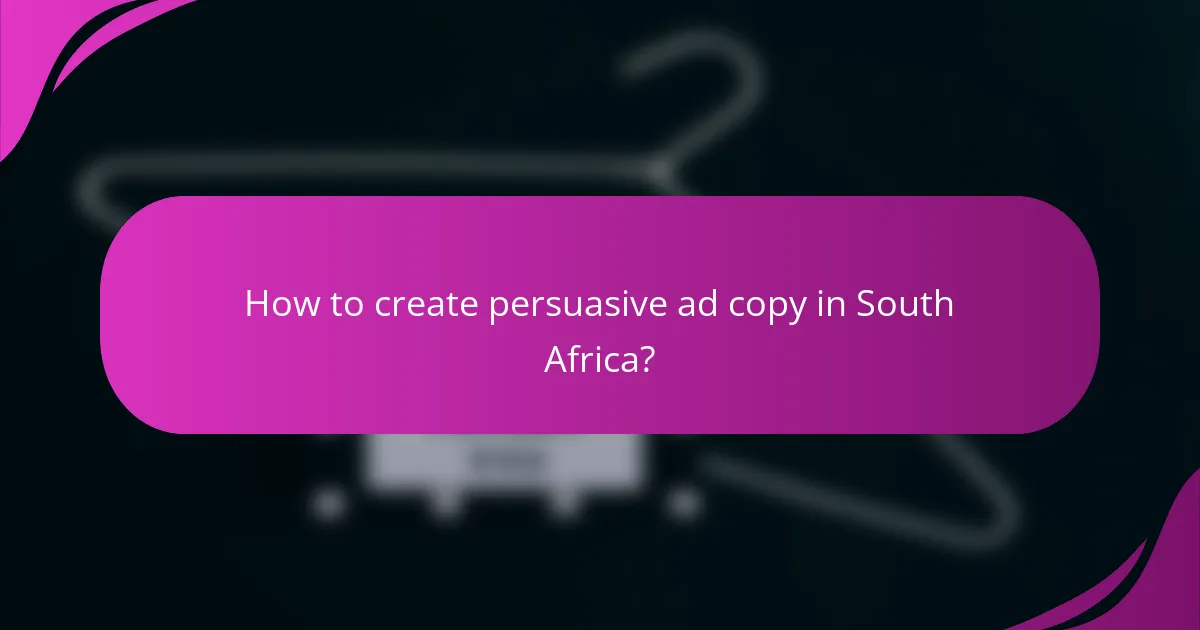
How to create persuasive ad copy in South Africa?
To create persuasive ad copy in South Africa, focus on appealing to emotions, using clear language, and incorporating local cultural references. This approach helps connect with the audience and drives engagement effectively.
Focus on emotional triggers
Emotional triggers are powerful tools in advertising that can influence consumer behavior. By tapping into feelings such as happiness, nostalgia, or urgency, you can create a stronger connection with your audience.
Consider using storytelling techniques that evoke emotions relevant to South African experiences, such as community, family, or resilience. For example, an ad for a local brand might highlight a family gathering around a meal, emphasizing togetherness.
Use clear and concise language
Clear and concise language is essential for effective ad copy. Avoid jargon and complex phrases that may confuse your audience. Instead, use straightforward language that communicates your message quickly.
Short sentences and active voice can enhance clarity. For instance, instead of saying “Our product is designed to improve your life significantly,” say “Our product makes your life easier.” This direct approach resonates better with readers.
Incorporate local cultural references
Incorporating local cultural references can make your ad copy more relatable and engaging for South African audiences. Use familiar idioms, local events, or popular figures that resonate with your target demographic.
For example, referencing well-known South African holidays or traditions can create a sense of belonging. An ad for a beverage might mention enjoying it during a braai, appealing to a shared cultural experience.
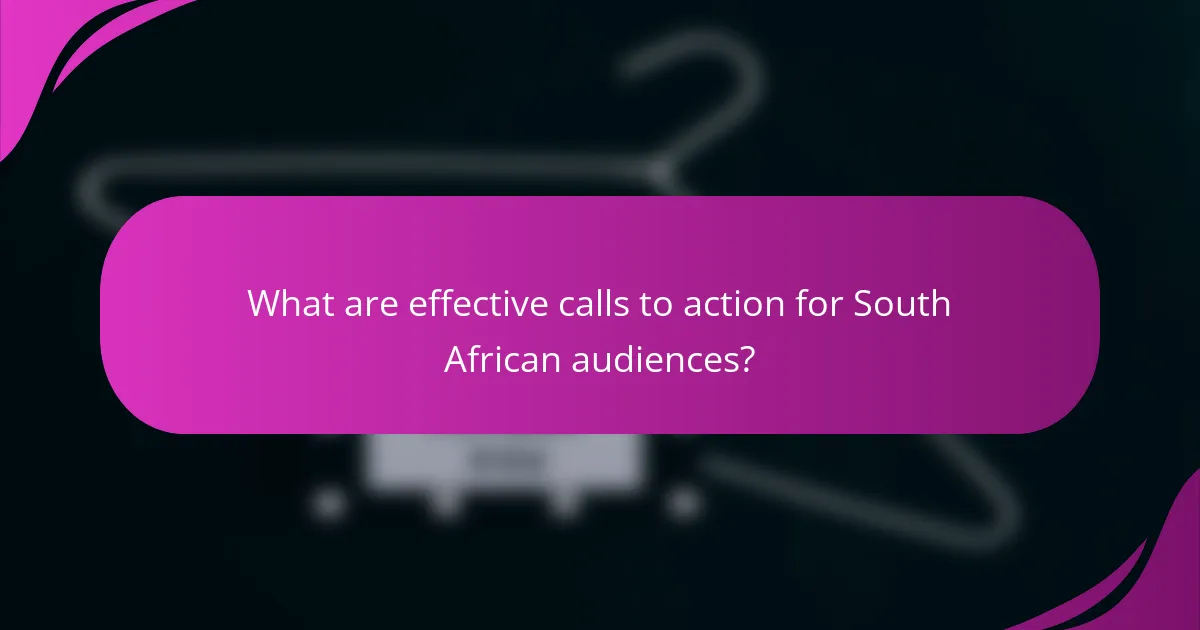
What are effective calls to action for South African audiences?
Effective calls to action (CTAs) for South African audiences should be direct, engaging, and tailored to local preferences. They must encourage immediate responses while clearly communicating the value of taking action.
Use action-oriented language
Action-oriented language is essential in crafting CTAs that resonate with South African audiences. Phrases like “Get started now,” “Join us today,” or “Claim your discount” create a sense of immediacy and encourage engagement. Avoid passive phrases that may dilute the urgency of your message.
Incorporate strong verbs that inspire action, such as “discover,” “unlock,” or “experience.” These words not only motivate but also create a vivid picture of what the audience can expect when they respond to the CTA.
Highlight urgency and exclusivity
Creating a sense of urgency can significantly enhance the effectiveness of your CTAs. Phrases like “Limited time offer” or “Only available for the first 100 customers” can prompt quick decision-making. South African consumers often respond well to time-sensitive promotions that suggest scarcity.
Exclusivity can also be a powerful motivator. Using terms like “exclusive access” or “members-only deal” can make your audience feel special and more inclined to act. This approach taps into the desire for unique opportunities, which can be particularly effective in competitive markets.
Include clear benefits
Clearly outlining the benefits of taking action is crucial for persuading South African audiences. Instead of just stating what the offer is, explain how it will improve their lives or solve a problem. For example, instead of saying “Sign up for our newsletter,” try “Sign up for our newsletter to receive exclusive tips that save you money.”
Use bullet points to list key benefits if space allows. This format makes it easy for readers to quickly grasp the value of your offer. Ensure that the benefits are relevant to the local context, addressing specific needs or desires of South African consumers.

How to ensure clarity in ad copy?
To ensure clarity in ad copy, focus on straightforward language that conveys your message effectively. Clear ad copy engages the audience and drives action, making it essential to avoid confusion.
Avoid jargon and complex terms
Using jargon or complex terms can alienate your audience and obscure your message. Instead, opt for simple language that resonates with your target demographic. For example, replace “utilize” with “use” to make your copy more relatable.
Consider the familiarity of your audience with the subject matter. If your product is technical, explain necessary terms in layman’s language rather than assuming prior knowledge.
Use bullet points for key information
Bullet points help break down information into digestible pieces, making it easier for readers to grasp essential details quickly. Use them to highlight features, benefits, or calls to action in your ad copy.
For instance, instead of writing a long paragraph about product features, list them as bullet points to enhance readability and retention. This format allows readers to scan the information efficiently.
Test readability with local audiences
Testing your ad copy with local audiences ensures that your message is clear and culturally appropriate. Gather feedback to identify any confusing elements or terms that may not resonate well.
Utilize focus groups or surveys to assess comprehension and engagement. This practice can reveal insights into how your copy is perceived and whether it effectively drives the desired action.
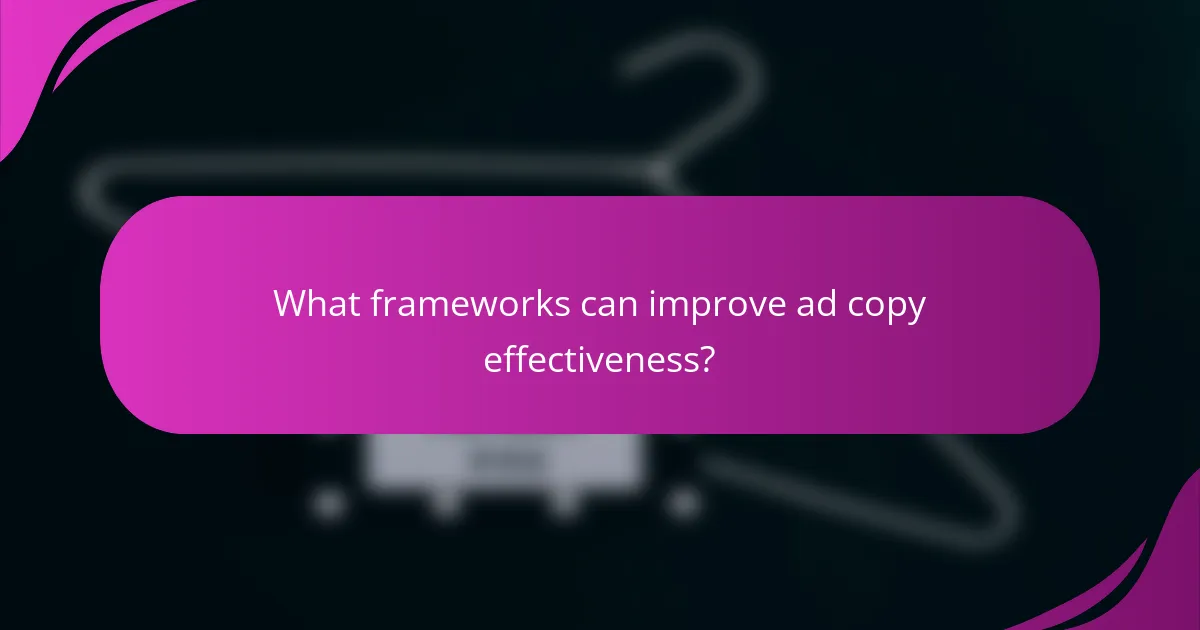
What frameworks can improve ad copy effectiveness?
Frameworks like AIDA and PAS can significantly enhance the persuasiveness and clarity of ad copy. By structuring your message effectively, you can better engage your audience and drive action.
Utilize AIDA model
The AIDA model stands for Attention, Interest, Desire, and Action. This framework guides you in crafting messages that capture attention, spark interest, create desire, and prompt action.
Start by grabbing attention with a compelling headline or image. Follow this by generating interest through relatable content or benefits. Then, build desire by highlighting unique selling points, and finally, include a clear call to action that encourages immediate response.
For example, an ad for a fitness app might start with a striking image of a fit individual, followed by a statement about achieving fitness goals, then showcase features like personalized plans, and conclude with a prompt to download the app now.
Implement PAS technique
The PAS technique stands for Problem, Agitation, and Solution. This approach effectively addresses customer pain points and positions your product as the answer.
Begin by identifying a common problem your audience faces. Next, agitate this issue by emphasizing the negative consequences of not addressing it. Finally, present your product or service as the solution that alleviates their concerns.
For instance, an ad for a home cleaning service might highlight the stress of a messy home, discuss how it affects relaxation and productivity, and then offer the cleaning service as a hassle-free solution to restore order and peace.
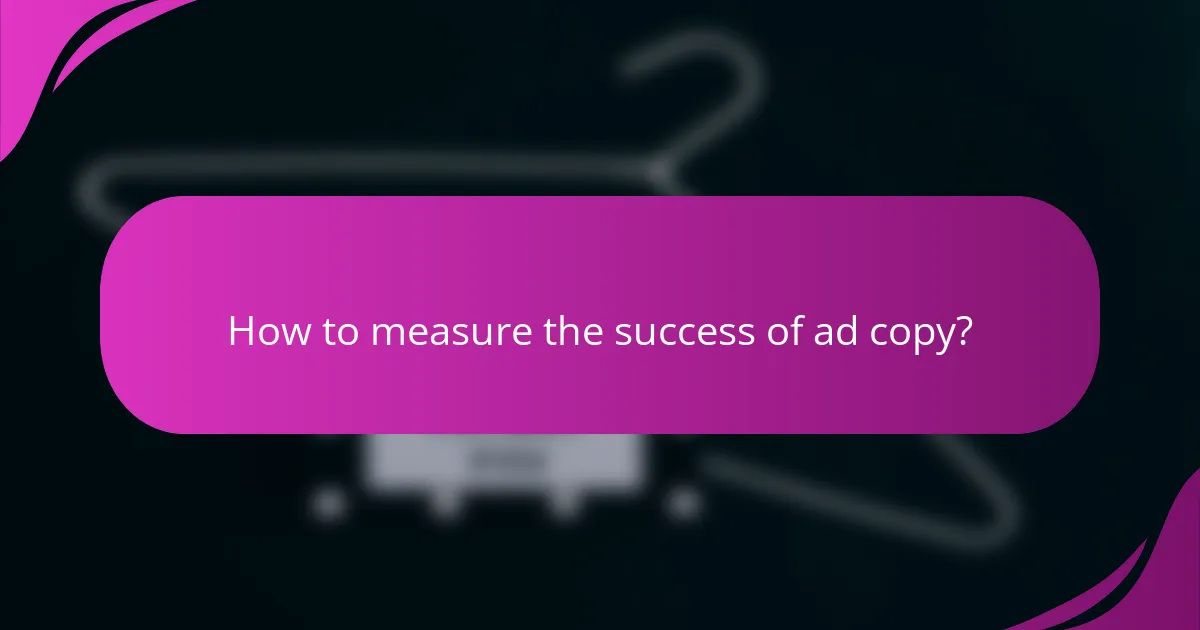
How to measure the success of ad copy?
Measuring the success of ad copy involves tracking key performance indicators that reflect its effectiveness in achieving marketing goals. Focus on conversion rates and engagement metrics to gain insights into how well your ad resonates with the target audience.
Track conversion rates
Conversion rates indicate the percentage of users who take a desired action after interacting with your ad, such as making a purchase or signing up for a newsletter. A higher conversion rate generally signifies that your ad copy is persuasive and effectively communicates its message.
To track conversion rates, set clear goals for each ad campaign and use analytics tools to monitor user actions. For instance, if an ad generates 200 clicks and results in 20 purchases, the conversion rate is 10%. Aim for conversion rates that align with industry benchmarks, which can vary widely depending on the sector.
Analyze engagement metrics
Engagement metrics, such as click-through rates (CTR), time spent on the landing page, and social media interactions, provide insights into how well your ad captures attention. A strong CTR indicates that your ad copy is compelling enough to prompt users to learn more.
To analyze engagement, use tools like Google Analytics to track user behavior after they click on your ad. Look for patterns, such as high bounce rates, which may suggest that the ad copy does not align with the landing page content. Regularly review these metrics to refine your ad copy and improve overall performance.
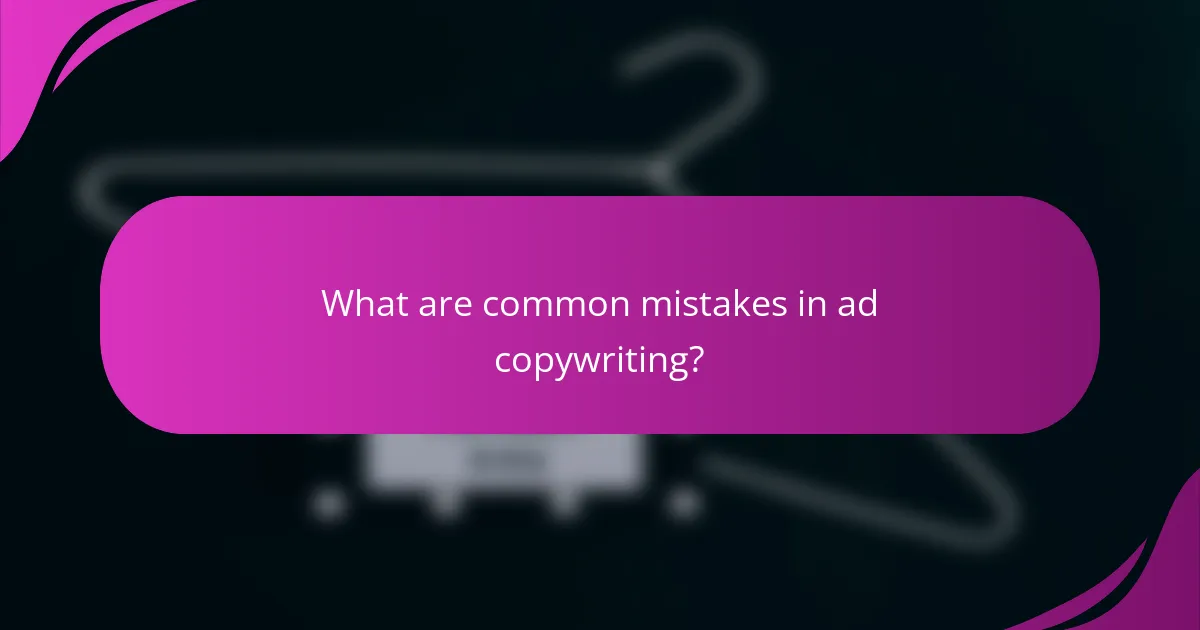
What are common mistakes in ad copywriting?
Common mistakes in ad copywriting include failing to connect with the target audience, lacking clarity, and missing strong calls to action. These errors can significantly reduce the effectiveness of advertisements, leading to poor engagement and conversion rates.
Neglecting target audience
Neglecting the target audience is a critical mistake in ad copywriting. Understanding who your audience is allows you to tailor your message to their interests, needs, and pain points, making your ad more relevant and engaging.
To effectively reach your audience, conduct thorough research to identify demographics, preferences, and behaviors. Use this information to craft messages that resonate with them, using language and examples that they can relate to.
For instance, if your target audience is young professionals, use contemporary language and focus on convenience and efficiency. Avoid jargon or references that may not be familiar to them, ensuring your ad is accessible and appealing.
